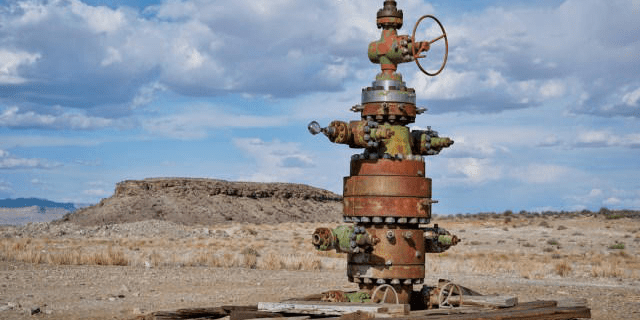To reduce the harmful effects of our overheating planet, we will need to deploy every tool in our arsenal. Researchers in Illinois have marked one pioneering step forward in repurposing an oil and gas well to store geothermal energy.
The 2021 project, outlined in the journal Renewable Energy, tapped the Cypress Sandstone of the Illinois Basin, injecting water heated to 50 degrees Celsius (122 degrees Fahrenheit) into the porous rock 900 meters (almost 3,000 feet) beneath the surface for three days and then monitoring «changes in pressure, thermal conditions, and hydraulics for five days,» the University of Illinois Urbana-Champaign reported.
«Our field results, combined with further numerical modeling, find that the process can sustain a thermal storage efficiency of 82%,» civil and environmental engineering professor Tugce Baser said.
That kind of success would result in a cost of $0.138 per kilowatt-hour of electricity, «making the proposed system economically viable and profitable,» per the university, which noted this study was the first field investigation of a geothermal energy storage system in the geological structure.
«Our findings show that the Illinois Basin can be an effective means to store excess heat energy from industrial sources and eventually more sustainable sources like wind and solar,» Baser said. «The underground reservoir essentially acts as a large underground battery while repurposing abandoned oil and gas wells. It is a win-win situation.»
Turning abandoned infrastructure such as wells, mines, and power plants into sources of renewable energy will help boost the transition to a cleaner, pollution-free future.
In Kentucky, for instance, as much as 40% of coal mines are in a state of limbo, no longer producing the dirty energy source but also remaining unrestored. One of those sites, however, is set to become a $1.3 billion pumped storage hydropower facility — another first-of-its-kind development.
These undertakings — plus other smaller ones, such as reducing our consumption of red meat — can significantly reduce the gases in the atmosphere that are contributing to spiking temperatures worldwide, and they can also improve our health.
Though the onus is on corporations and governments to own their contributions to the climate crisis, individuals can take other steps to join the movement. Those steps include installing solar panels or signing up for community solar, cutting back on plane travel, and buying from brands focused on sustainability — all of which save you money as well.








